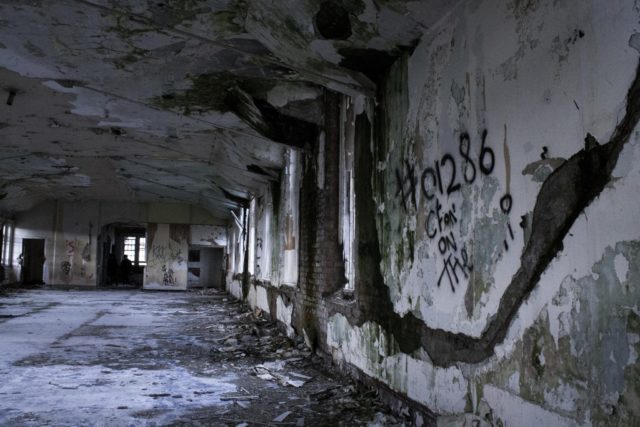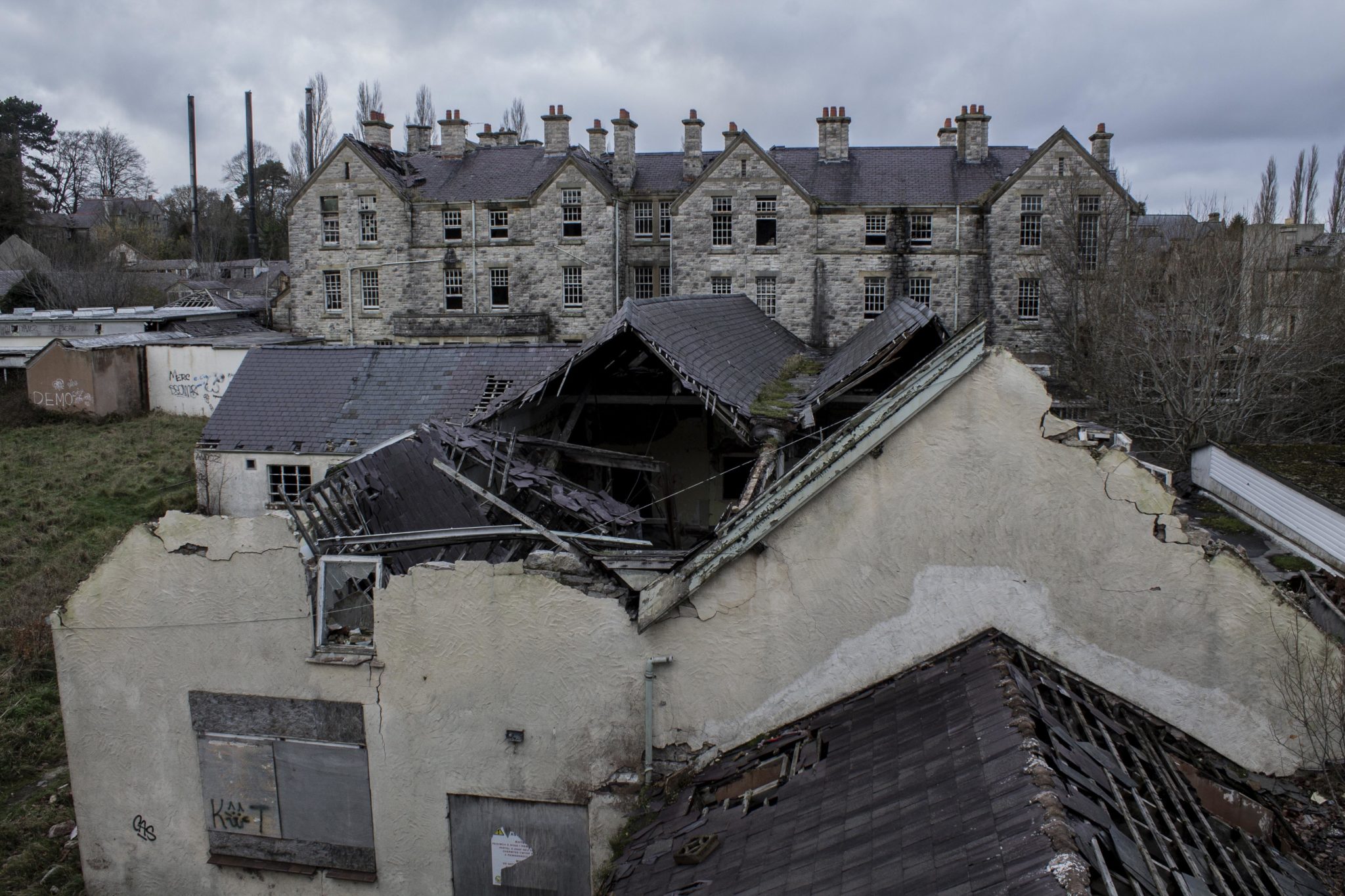In Denbigh, Wales, a hospital was already in the process of being constructed. After a meeting of notable Welsh residents in October 1842, it was decided that there was an immediate need for a mental hospital to care for those who spoke Welsh.
Before the Lunacy Act of 1845 was passed, the treatment of those with mental health problems was poorly controlled and patients were often kept in terrible conditions. However, once Parliament introduced measures and controls, new and improved psychiatric hospitals were built.
Consequently, 20 acres of land in Denbigh was donated by Joseph Ablett of Llanbedr Hall. Construction of the asylum began in 1844, in line with a project created by architect Thomas Fulljames.
The construction was completed in 1848, and the overall cost amounted to about £27,000. It was made from local limestone in the Jacobean style. As well as accommodation for patients, the hospital had a chapel and a nurse’s wing.
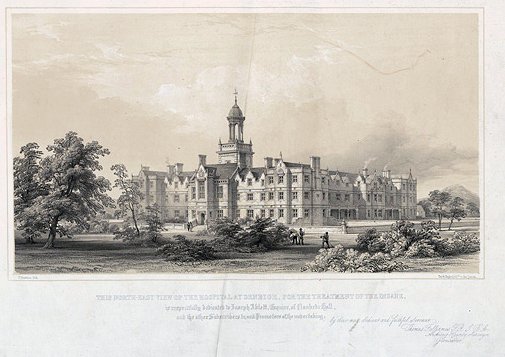
The initial capacity of the institution was 200 patients. It was hoped that patients would be admitted, treated, and then discharged back into society. However, that didn’t happen and, over time, the number of patients admitted outweighed the number of those who were discharged or died.
Debates repeatedly arose about whether the hospital was overcrowded and another hospital needed to be built. In the end, it was decided simply to expand Denbigh asylum. As a result, between 1862 and 1865, various improvements were made.
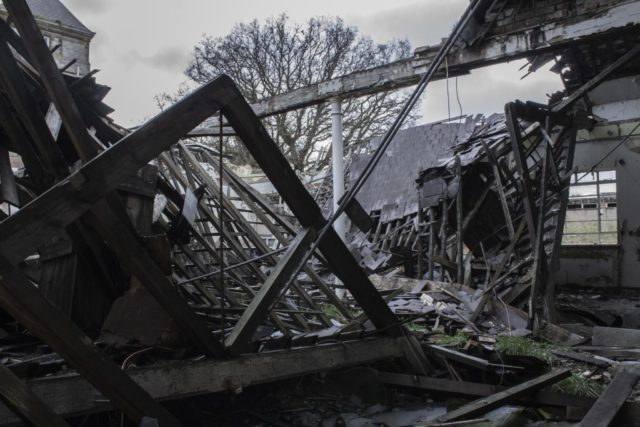
Not only was a new wing opened to accommodate another 150 patients, but additional land was also purchased to improve living conditions. This included adjoining farms and also Glanywern Hall, which was to act as overflow accommodation.
Several further expansions followed, adding a house for the Medical Superintendant, more staff accommodation, a dining room, and an isolation hospital, as well as new laundry and kitchen facilities. By the mid-1950s, the institution was able to accommodate 1,500 patients with 1,000 staff to care for them.
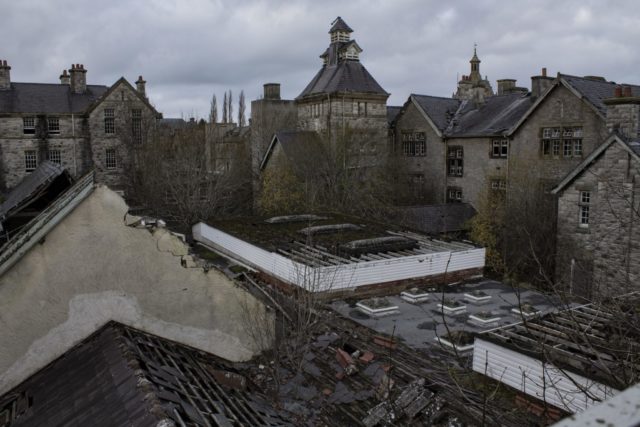
A medical superintendent was responsible for the day-to-day internal management of the hospital, along with assistance from the Steward and the Clerk. Dr. Frank
The management of the hospital was in the hands of a Committee of Visitors, which included representatives from the five subscribing counties as well as other interested parties. The Committee existed until 1948 when the National Health Service was formed.
At the time of opening, only about 20 employees worked in the hospital. There were not enough members of staff to supervise patients properly, with the result that patients were often left alone overnight. After criticism, in 1860, one member of staff was assigned to each hospital wing between the hours of 10 pm and 6 am.
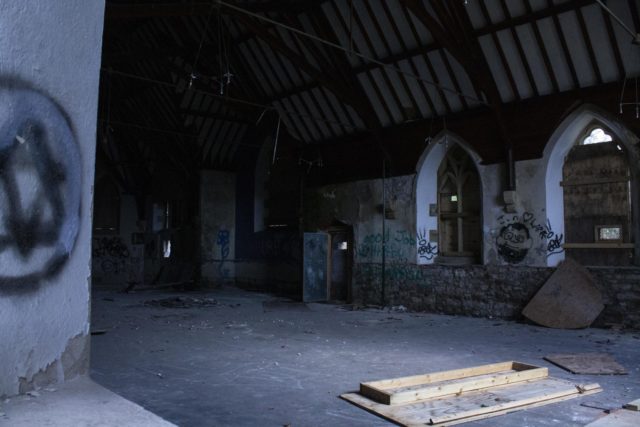
Jones, a man remembered for his liberal attitude to mental illness, was the medical superintendent from 1913 to 1940.
Dr. Jones preferred physical activity, sports, and labor as the main part of his patient care. Social events at the hospital included dancing, concerts, picnics, and dramatic productions. Sports included tennis and football.
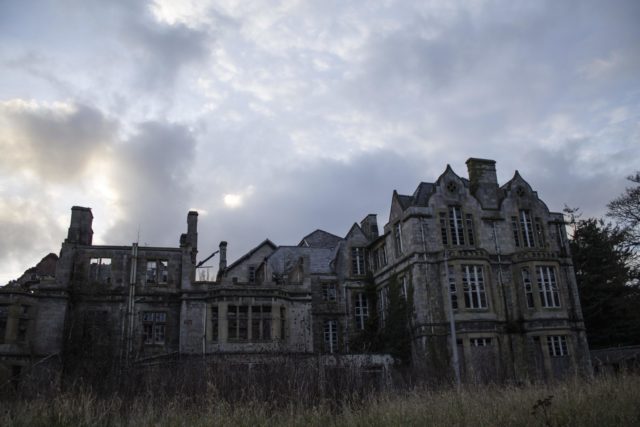
Male patients worked in gardens, on the farm, and also made shoes and learned joinery. The women were engaged in doing laundry and sewing clothes. Patients who tried to abscond were made to pump water so that the staff could keep an eye on them.
Beyond physical exertions, the patients were mainly treated by sedation using chloral hydrate. In 1871, patients were required to take regular baths because it was thought that body odor was a symptom of mental imbalance.
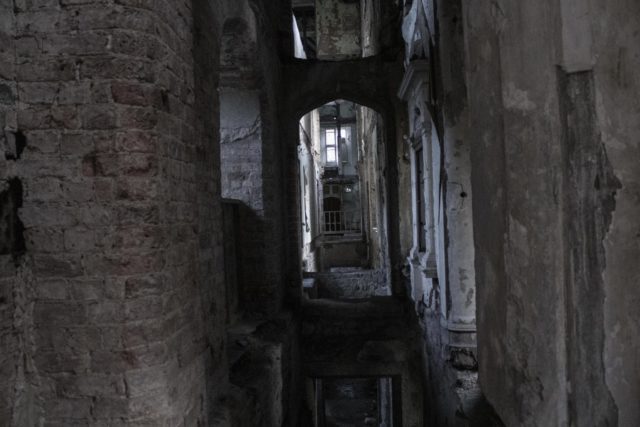
In 1987, the Care in the Community program resulted in closure plans being drawn up for Denbigh Hospital. Although the main unit was closed in 1995, the overall closure process lasted from 1991 to 2002 as the sections were closed down one by one.
The site was sold in 1999 for £155,000 and passed through several owners after that. There were several suggestions on how to use this land might be utilized, but plans to turn it into a hotel or a college did not lead anywhere. One project which involved the construction of 280 houses was scuppered by the financial recession in the 2000s.
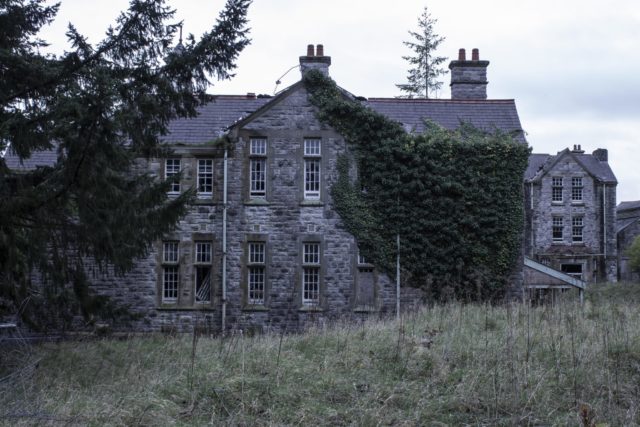
Since the closure, the hospital has been vandalized, looted, and set on fire several times. After arson attacks in November 2008 and April 2018, it was impossible to repair some of the damaged buildings. Two fires in 2017 damaged sections so badly that those structures affected would need to be demolished.
However, some of the damage to the property came from the fact that the site was used for a joint exercise between North Wales Police and armed forces, which included blowing off some of the doors.
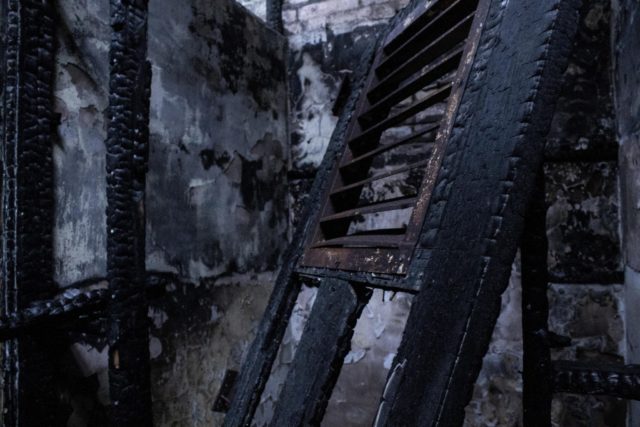
In 2017, the hospital’s medical records were moved to storage in the city archive. This was made possible by a grant of £ 130,000 from the Wellcome Foundation to catalog patient and staff records, annual reports, committee minutes, and other financial records.
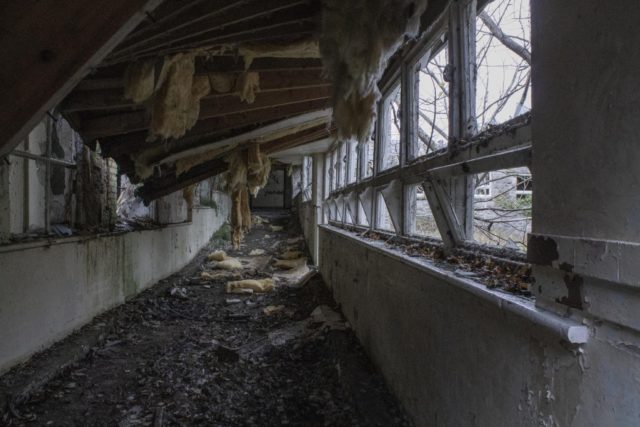
In September 2018, the Denbighshire Council compulsorily purchased the former hospital after several years of wrangling with the previous owner, Freemont. A few months later, plans were announced to renovate the buildings and turn them into housing.
In December of that year, a plan appeared for the construction of 300 houses, a hotel, a restaurant, and shops. To fulfill this project, it would be necessary to demolish half of the structures on the site.
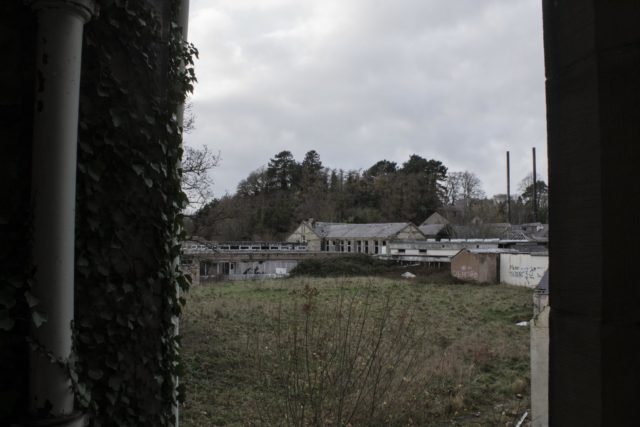
Reconstruction of the main building, which is listed as a Class II structure, could cost around £33 million. There are plans to turn the central section into flats, shops, a restaurant, and a gym.
The whole project should take around ten years to complete and there are hopes it will boost the economy by £75 million and provide 1,200 jobs. Local response to the project has been overwhelmingly positive, albeit with some concerns about an increase in traffic.
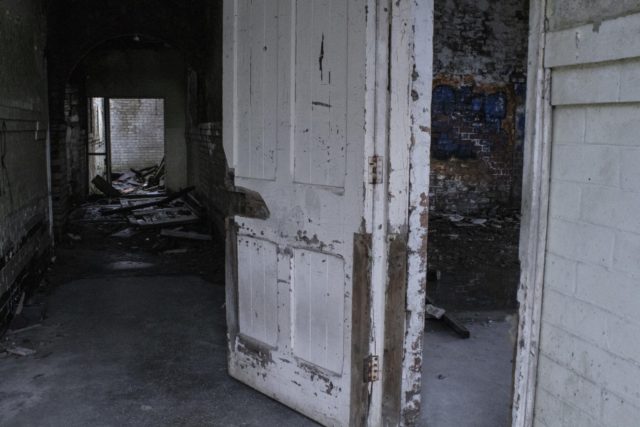
The photographs of Denbigh Asylum were taken by an amateur photographer called Olivia Shepherd, who aspires to pursue a professional career. Olivia is based in Shropshire, United Kingdom, and also Gloucester.
She runs a website to display her pictures which are mostly landscape and documentation photography. She also has got an Instagram page where she shares moments she has captured in a picture.
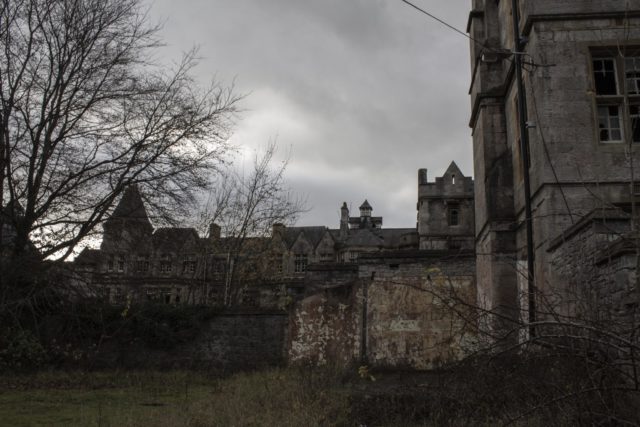
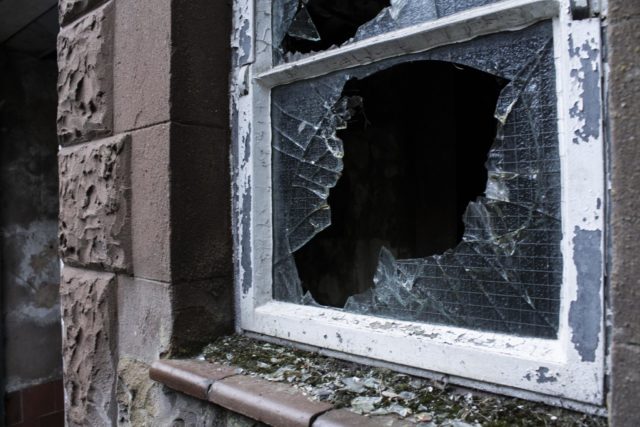
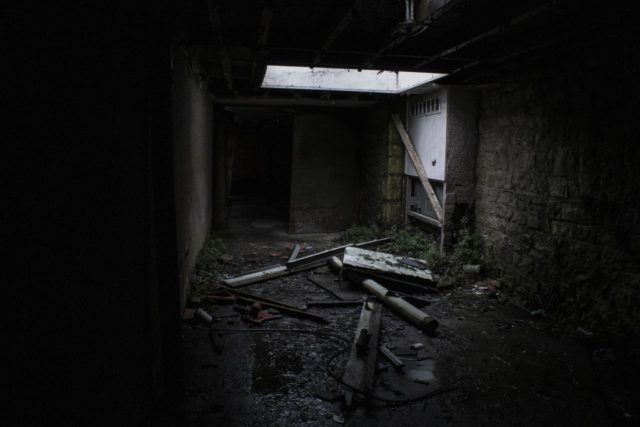
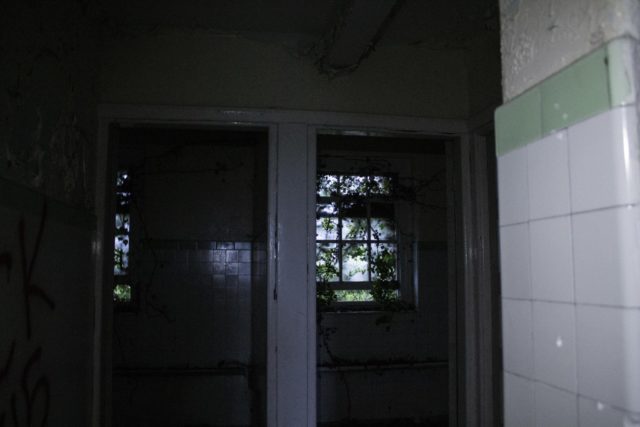
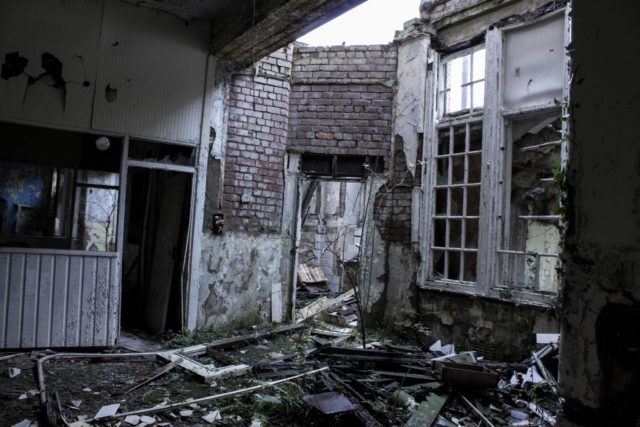
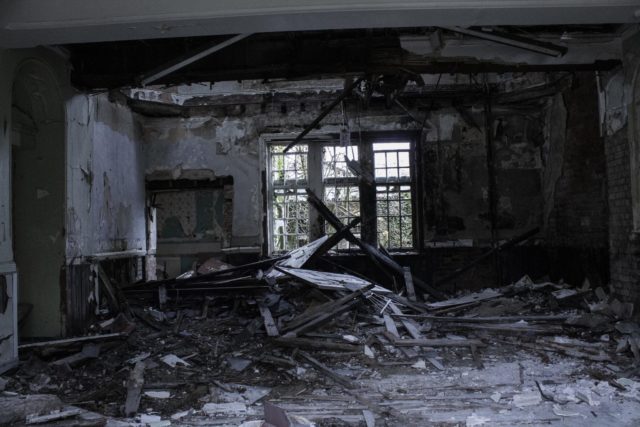
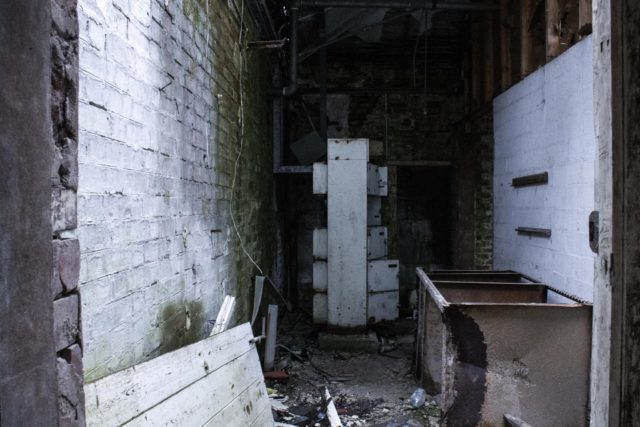
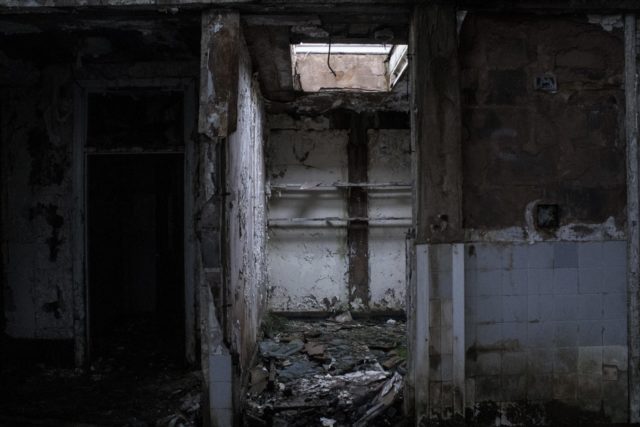
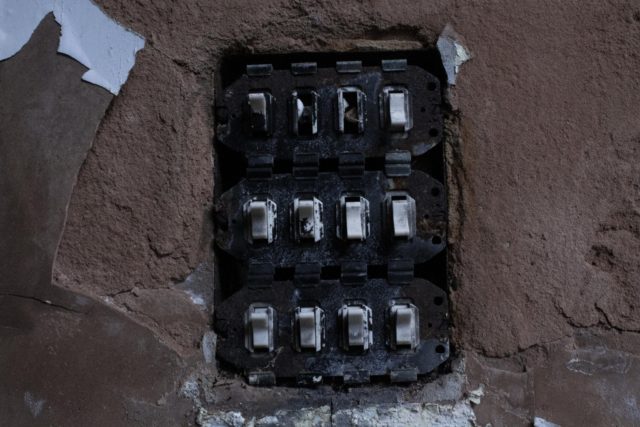
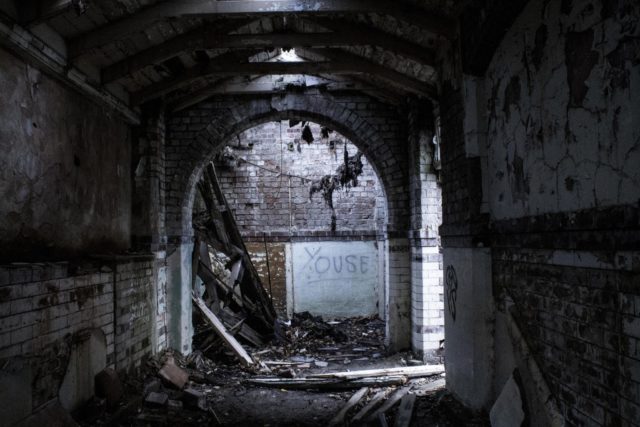
Unit 731 – When humans lost their humanity
